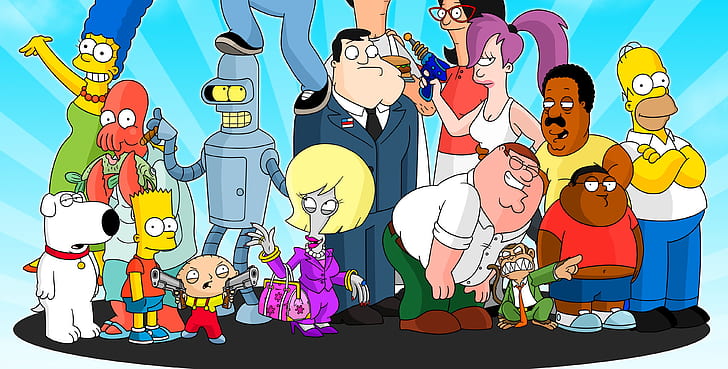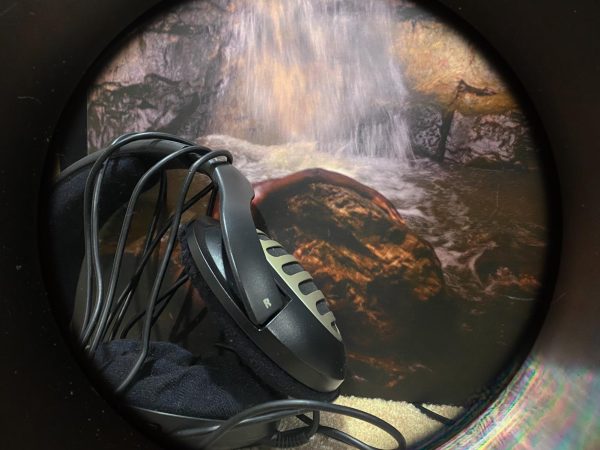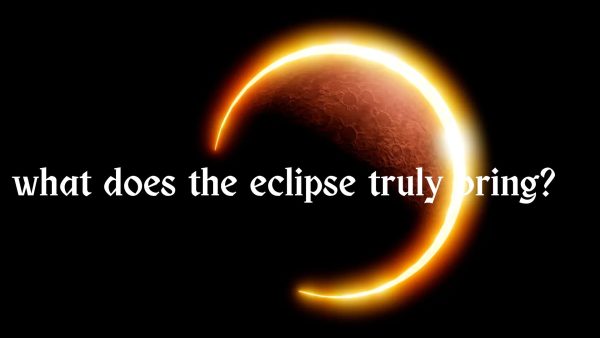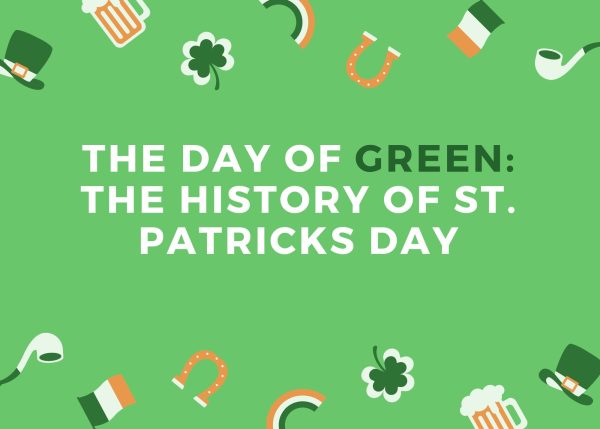Desensitization to satire in films and tv
Courtesy of Fox Some of America’s favorite shows and movies contain way deeper meanings than suspected. These comedy shows and movies can represent things like social or political issues. Satire poses as a more kid friendly way of introducing issues in the world.
December 17, 2020
Have you ever watched your favorite sitcom or cartoon and hear a modern issue implied in the show? Shows like The Office or The Simpsons convey gender and race equality as jokes, but do these shows have a deeper meaning? Satire exhibits the likeness of a double-edged sword. It not only subtly draws attention to its subject, but it uncovers an issue within itself without blatantly saying it. This satire encourages younger viewers to think deeply about certain matters in society and how to solve them.
“The problem is that for the humor to realize its goal of subverting prejudice, the audience must understand and appreciate that intention,” The Conversation newsletter contributor Thomas E. Edwards said.
Satire simply defines the use of irony, sarcasm, or ridicule to expose or deride debauchery. In the beloved sitcom, The Office, an episode called Diversity Day displays racial satirical devices. The office manager, Michael Scott, gives each character a name tag showing a race, ethnicity, or person. They have to figure out what race or who their name tag says based on clues given by their peers. During this game, the characters use racist jokes to help their coworkers guess. The jokes used in The Office pose laughable satire that also encourages the viewer to think about today’s issues.
The Office sitcom also displays sexist satire. Uptight, meek, and thick-headed describes each of the female characters in this show. Pam Beesly, the beloved front desk lady with a quiet disposition, represents the meek woman stereotype, to be seen and not heard. Kelly Kapoor represents the thick-headed, ditsy stereotype, focusing only on celebrity gossip and fashion. Angela Martin serves the uptight and angry woman stereotype, making women seem controlling and indignant. When students view these shows, what goes through their minds? Do they understand the true meaning of this satire? The problematic content encourages viewers to acknowledge the depth of these comments. The Office does not purposely instigate wrong morals or values such as racism and sexism, but instead, it promotes viewers to act on the issues displayed in the show.
What about cartoons? Hundreds of cartoons use satirical comedy. Cartoons such as The Simpsons, Family Guy, and South Park display satire. In the beloved cartoon, The Simpsons, the author uses racial satire to display Apu Nahasapeemapetilon. Apu serves as the Simpson family’s Indian friend who works at Kwik-E-Mart. In modern society, the stereotypical Indian man might work at a food mart or a gas station. To make the show seem realistic in society’s eyes the author, Matt Groening adds Apu. Recently the internet had disputes over whether Apu should still star as a character in The Simpsons. The show finally concluded that they should remove Apu for now.
Satire aims to use exaggeration, irony, and other devices to poke fun at a prevalent social issue, instead of being racist, sexist, or homophobic. The younger viewers of these satirical shows should take into account that their purpose is far from being offensive, but to encourage the viewer to take a look at a certain topic in society. Instead of bashing the next sitcom or cartoon you watch, try thinking about it from a different angle.


















